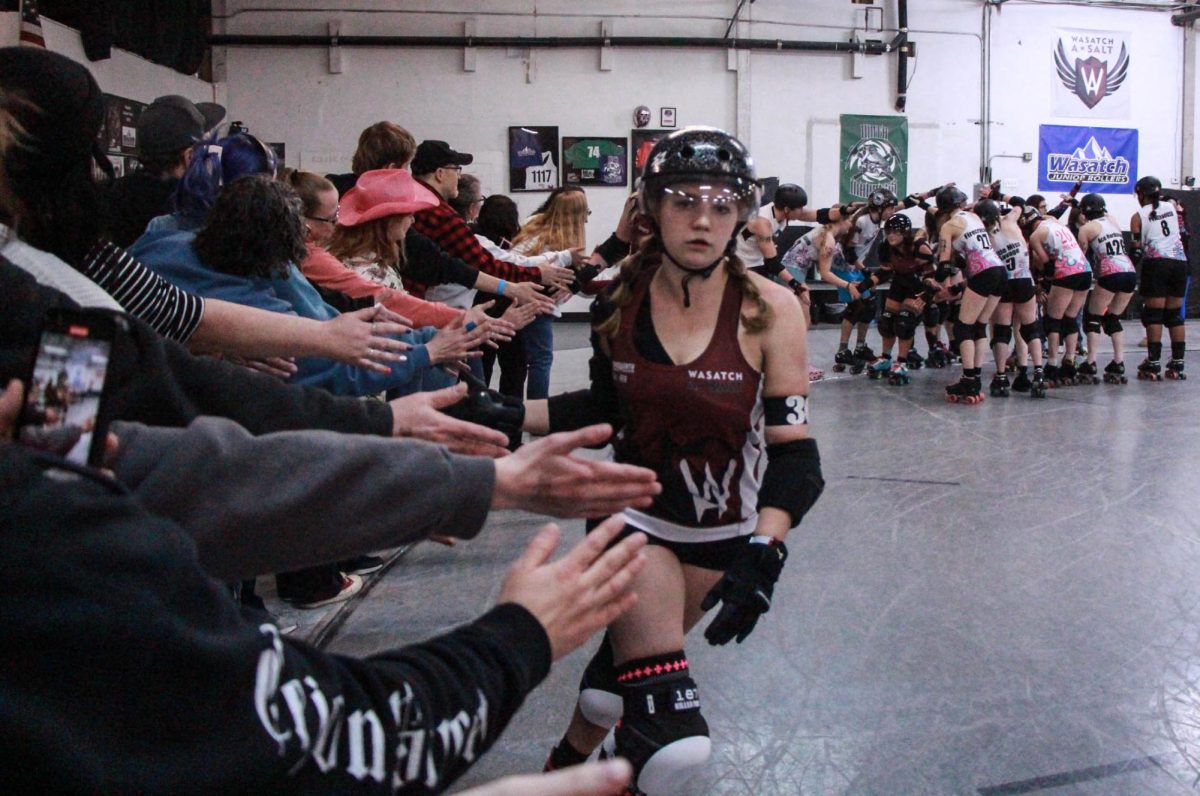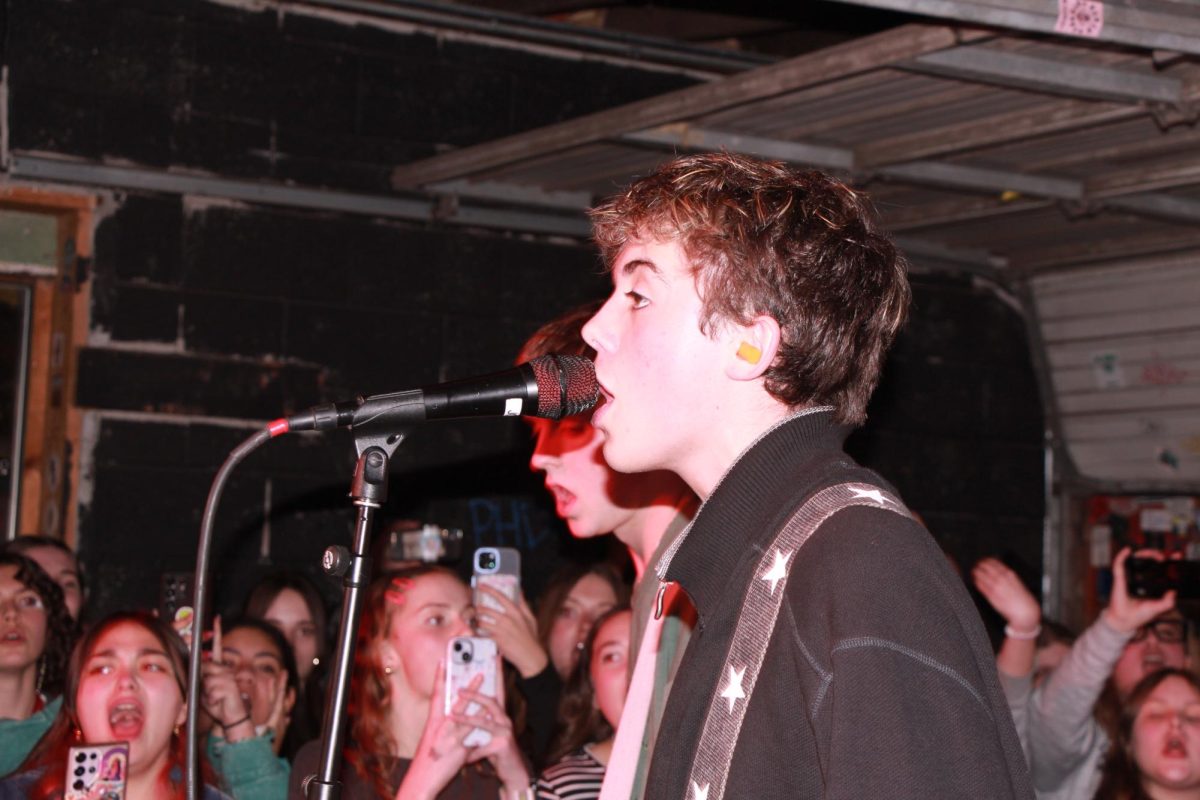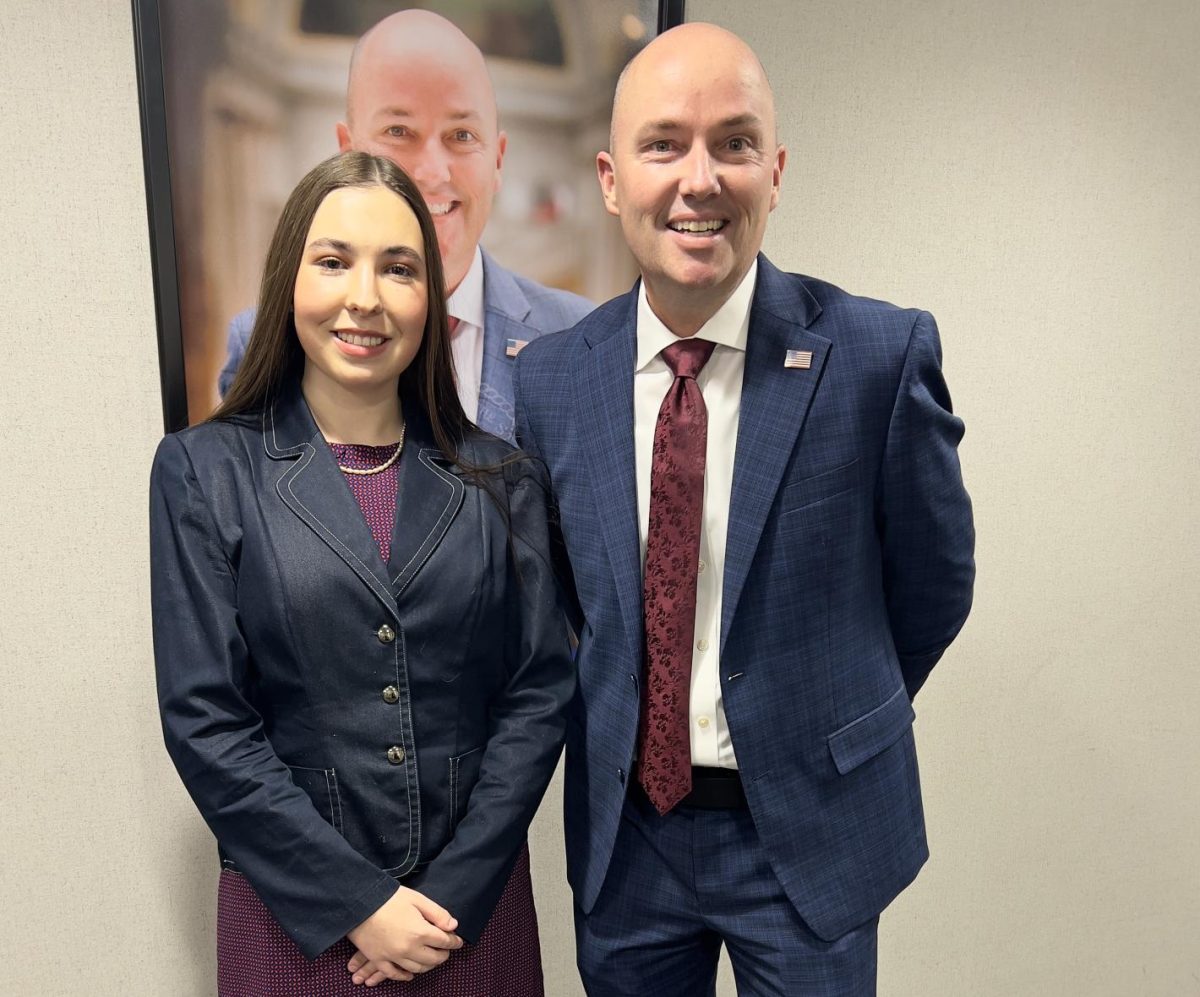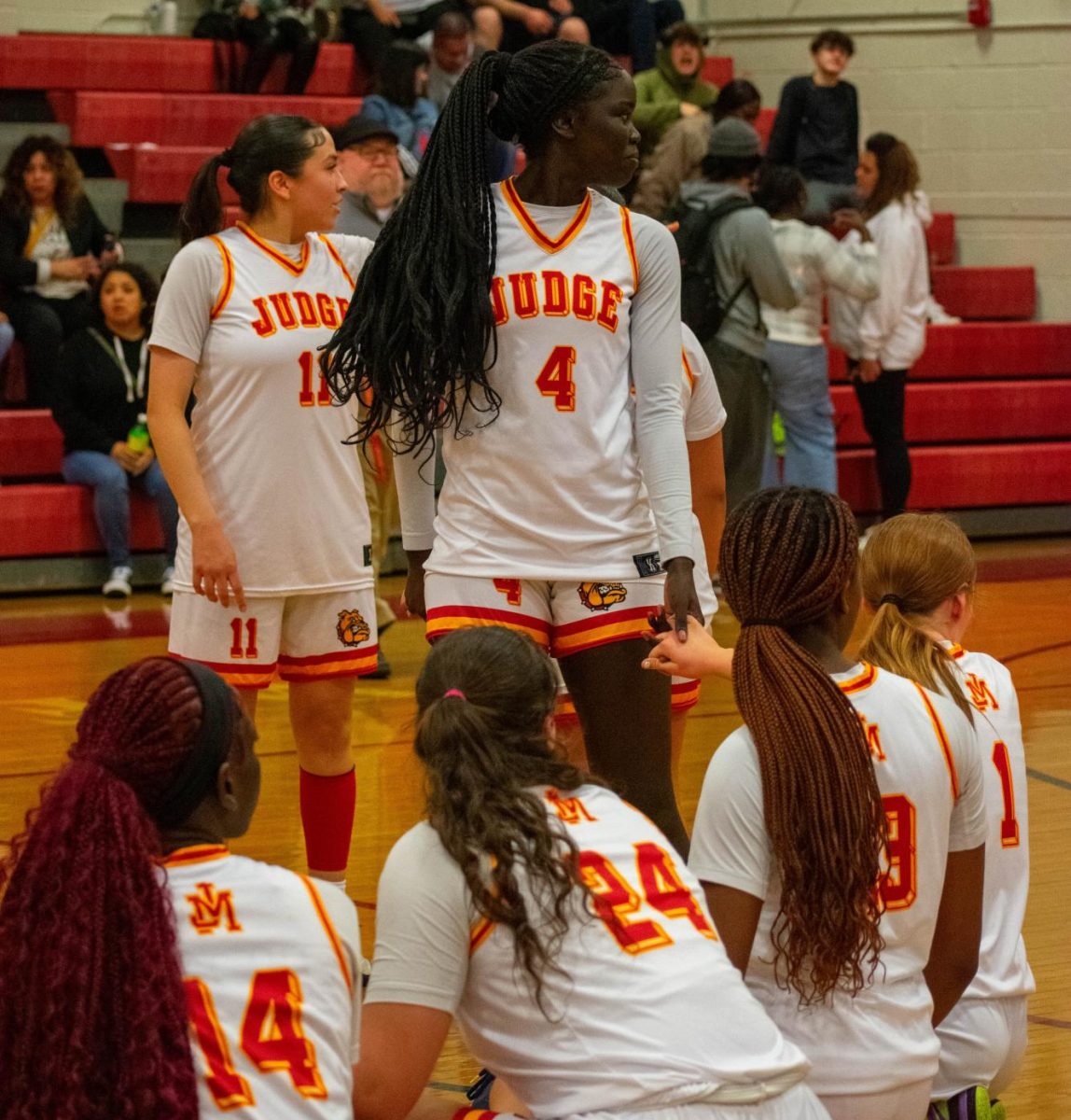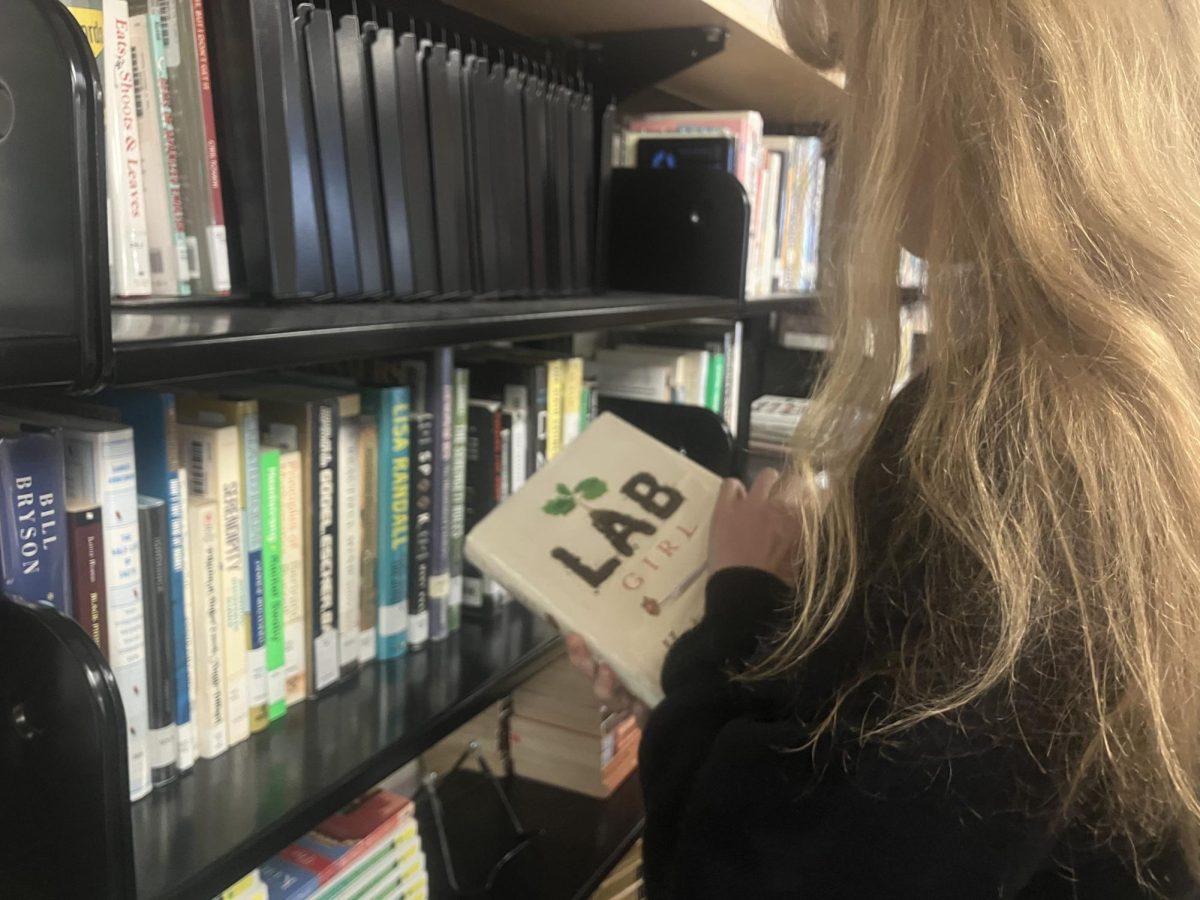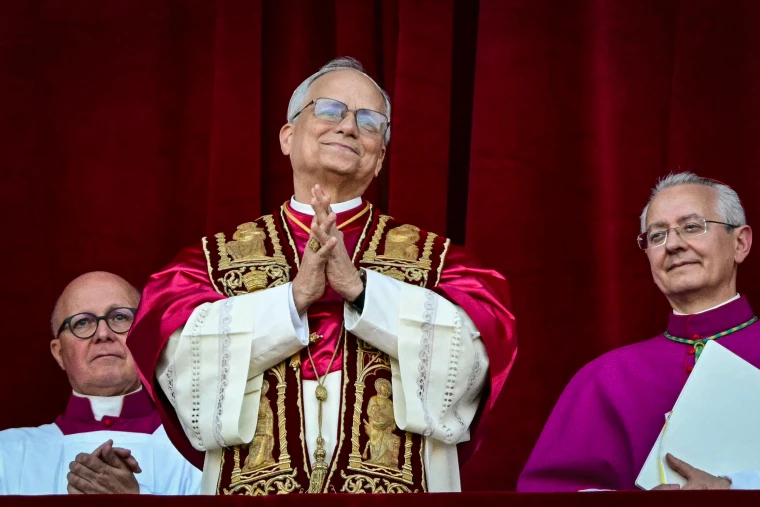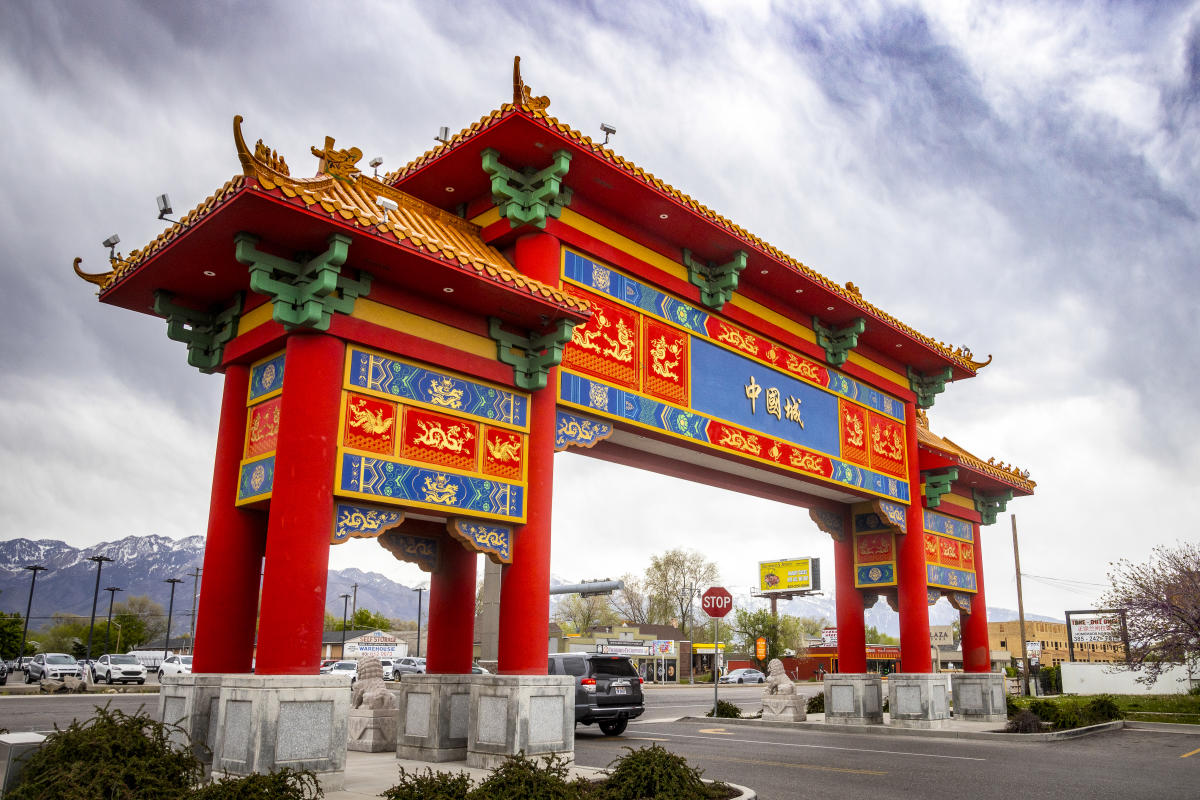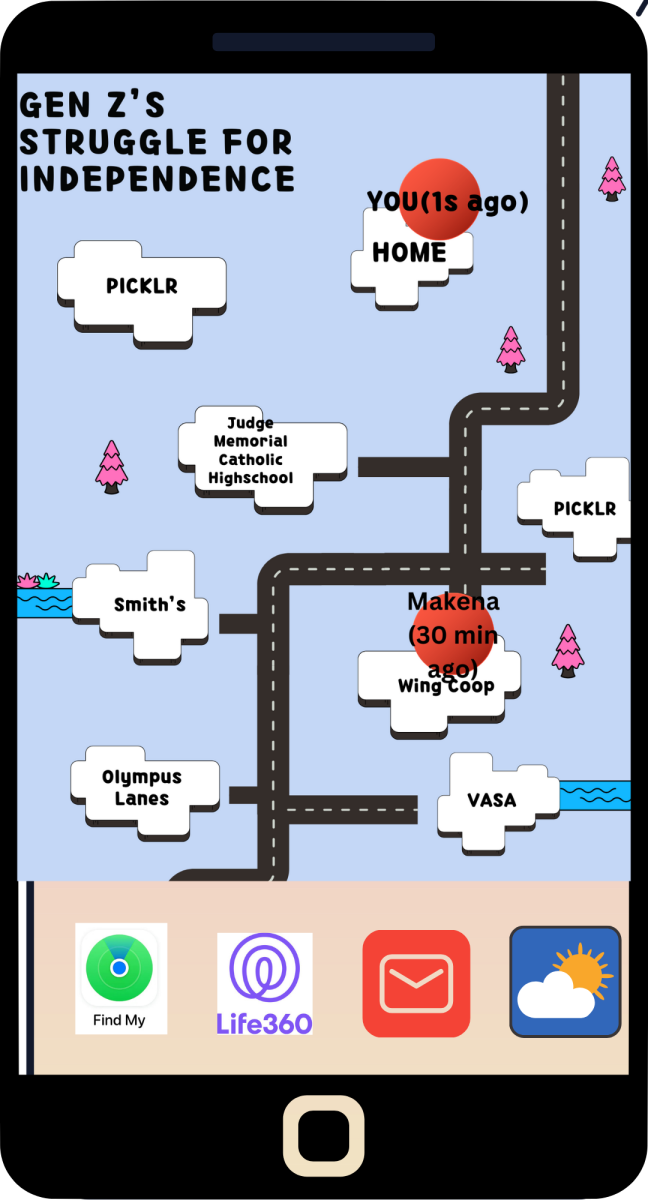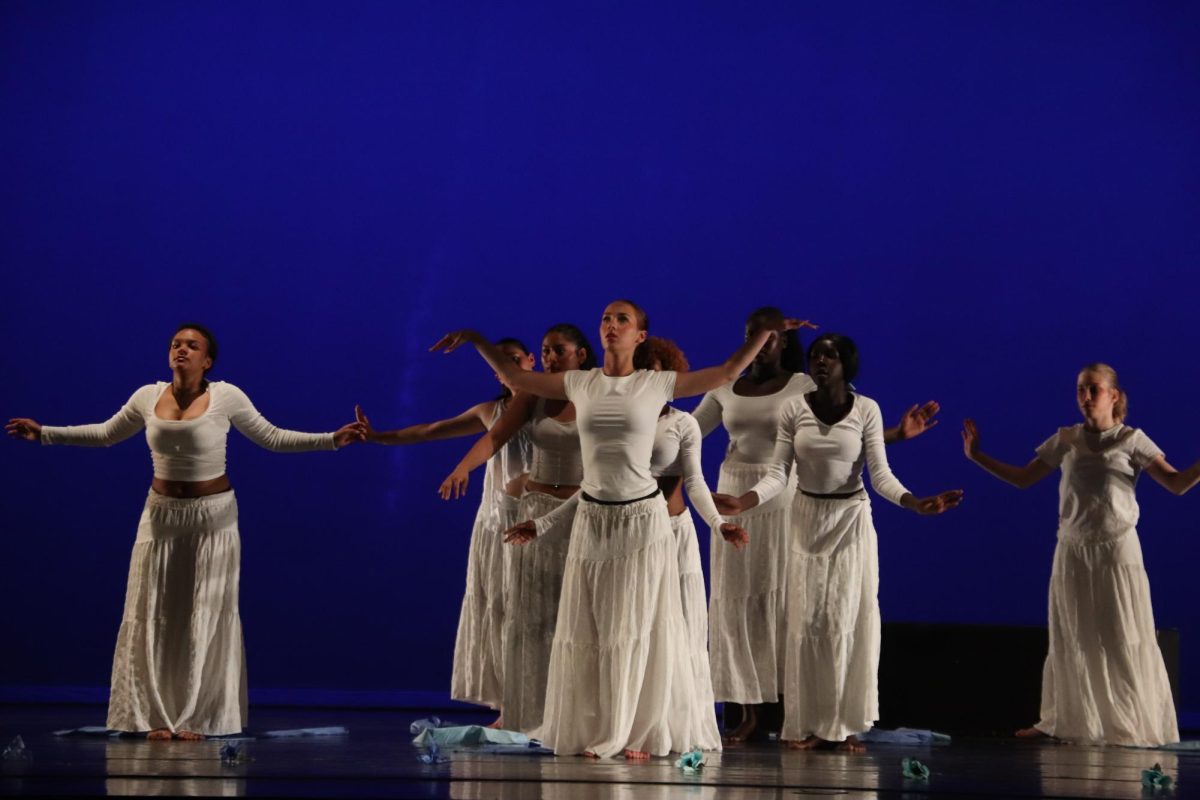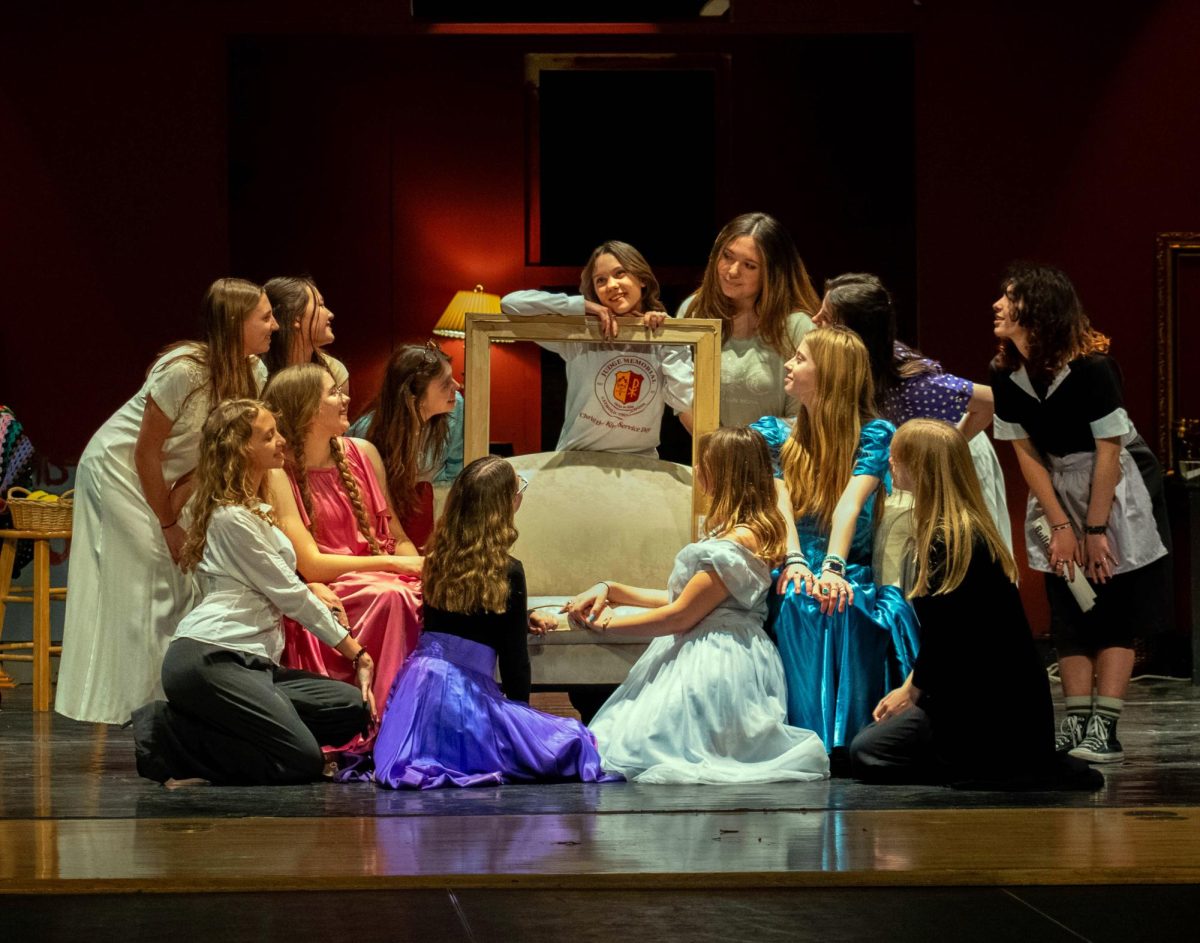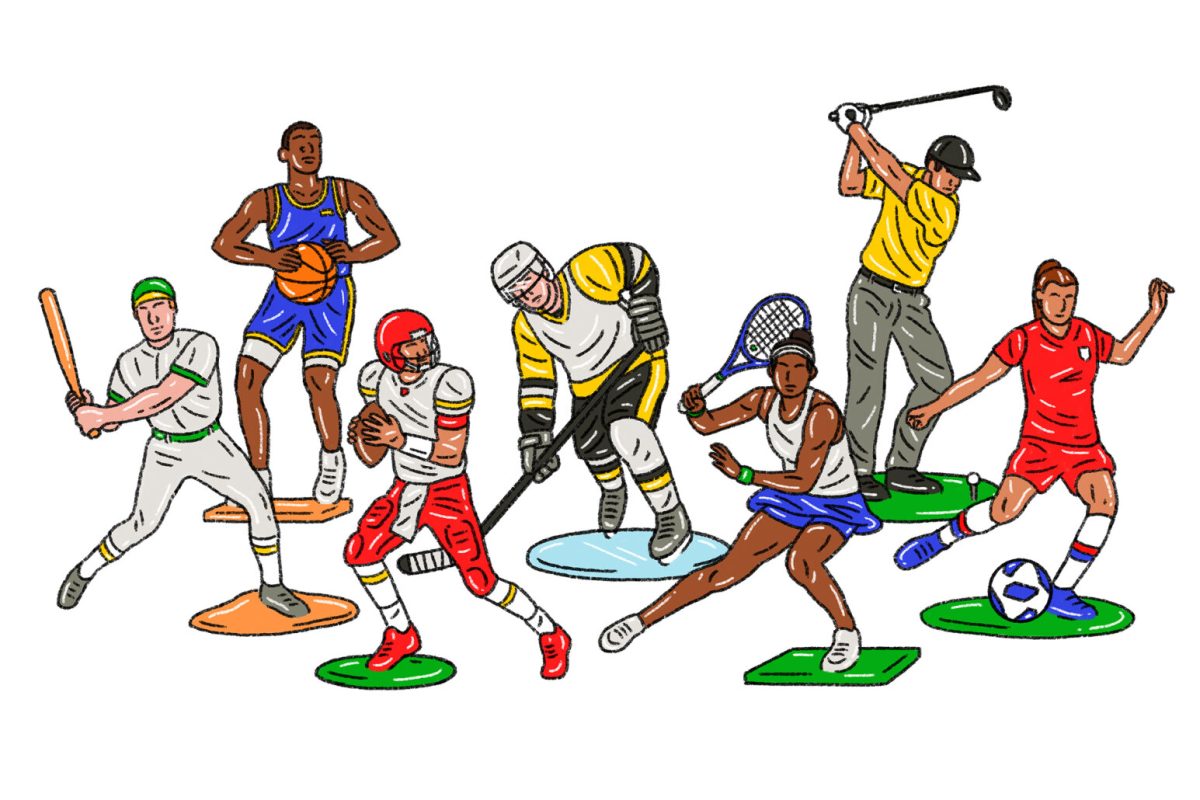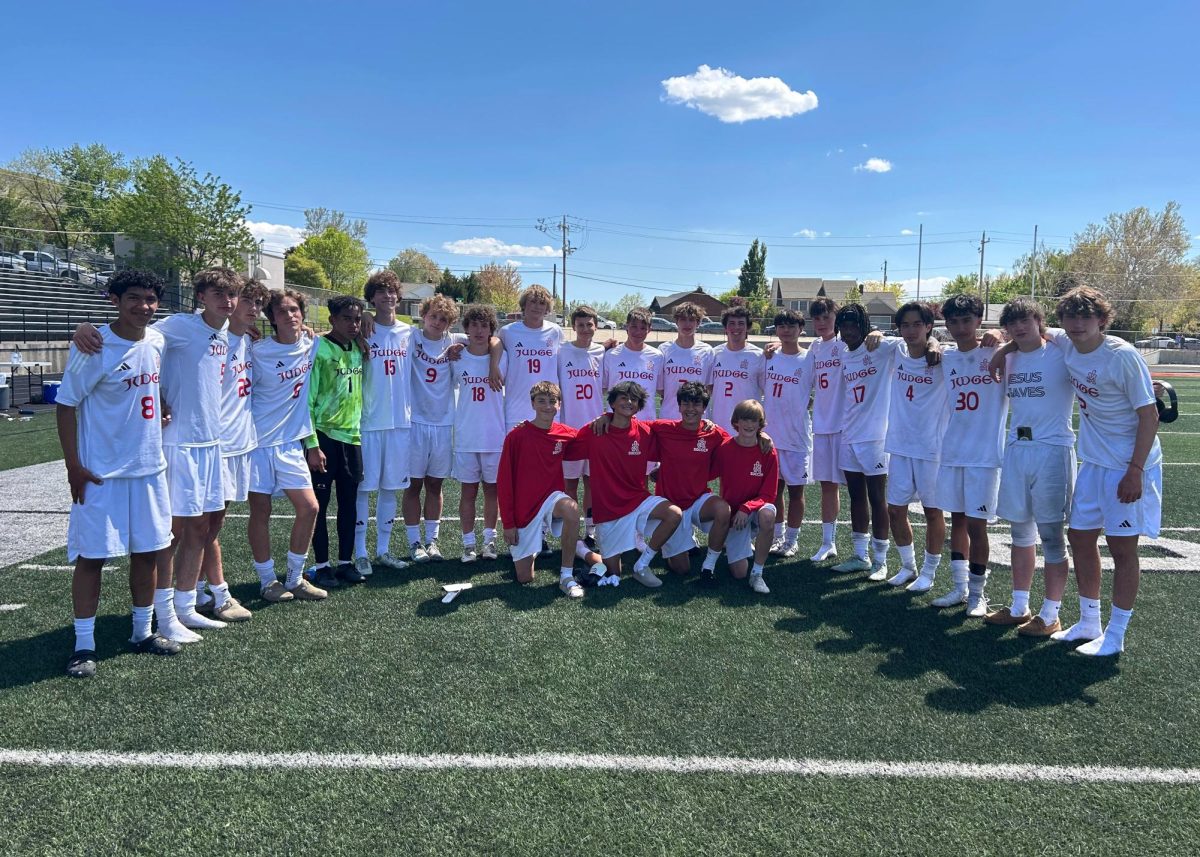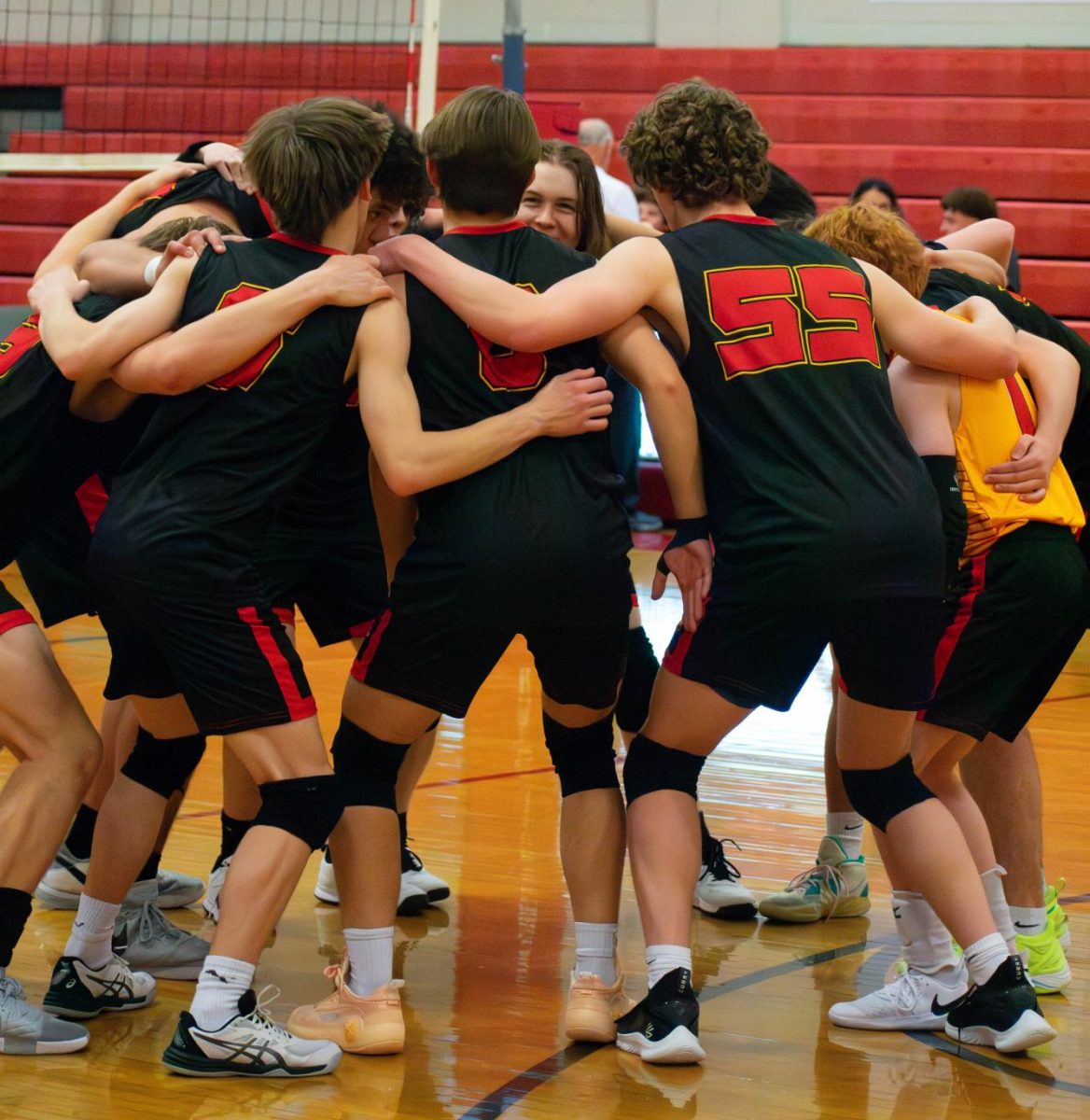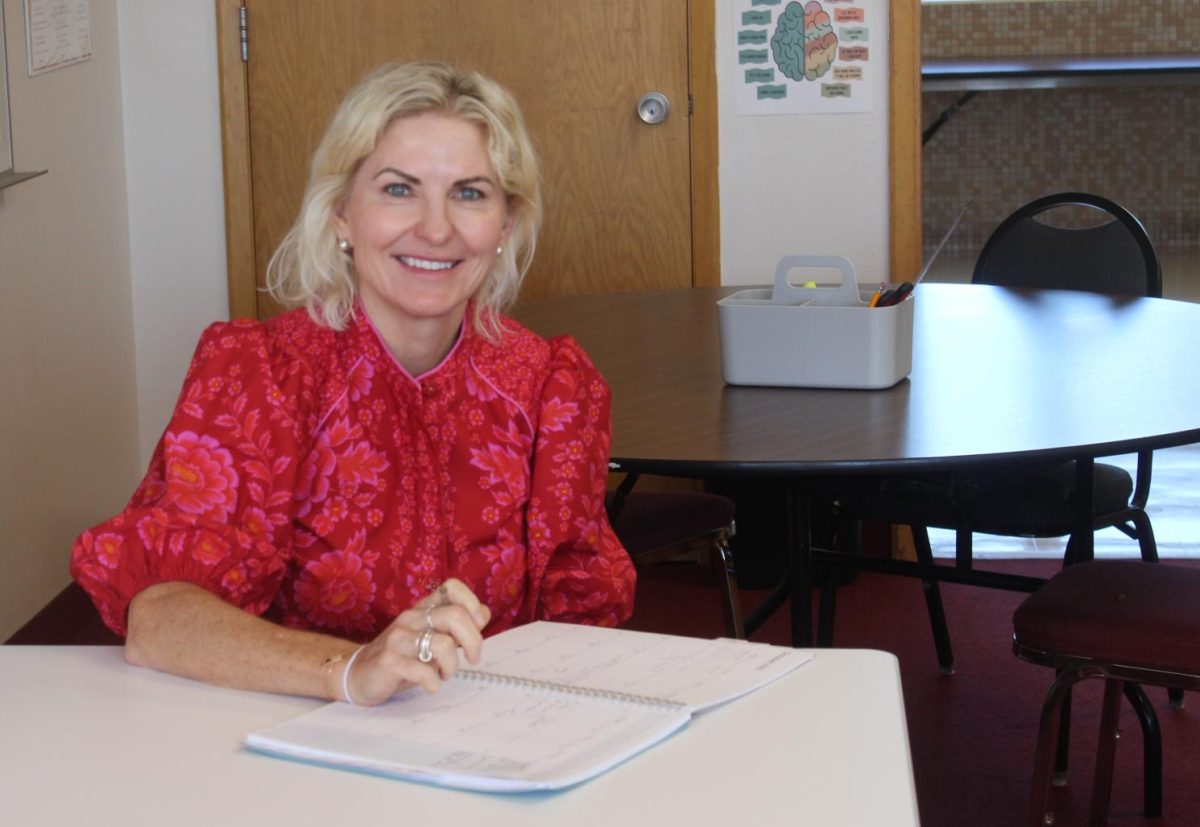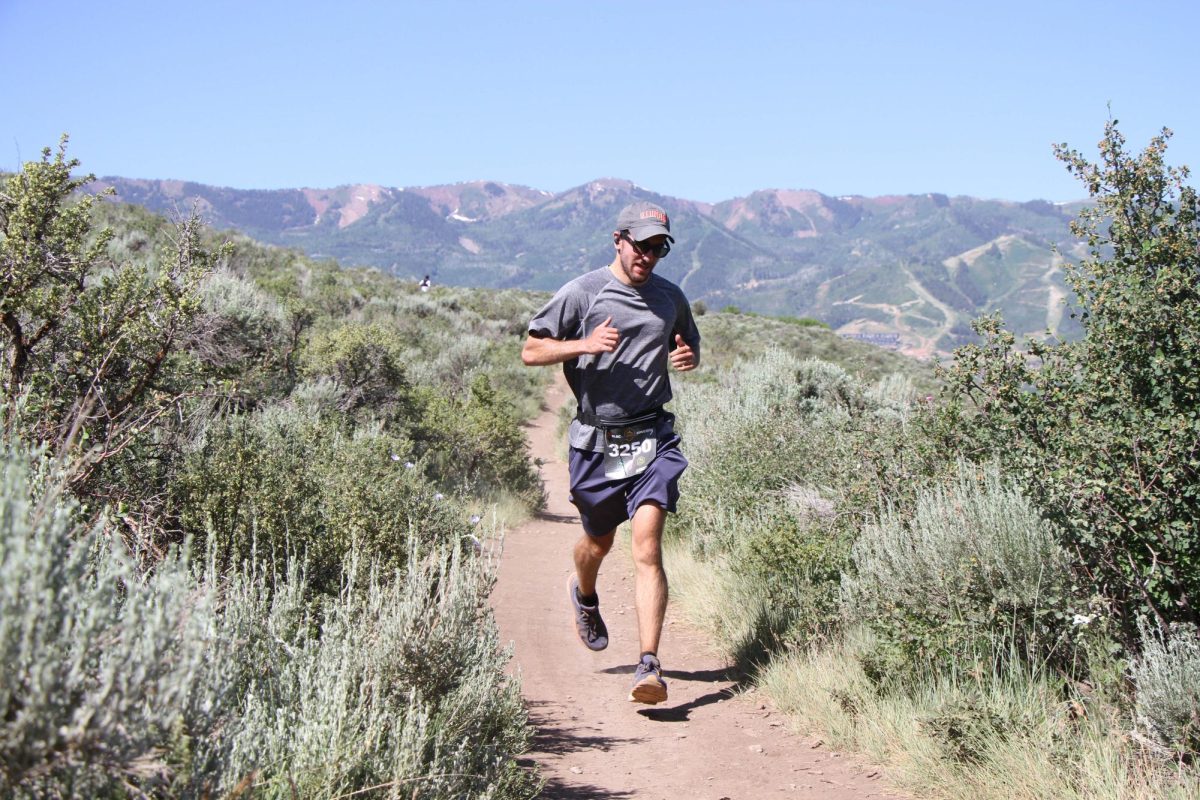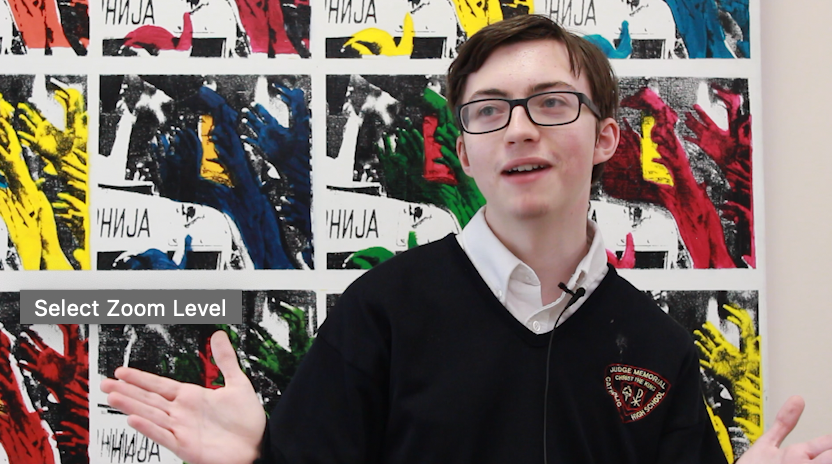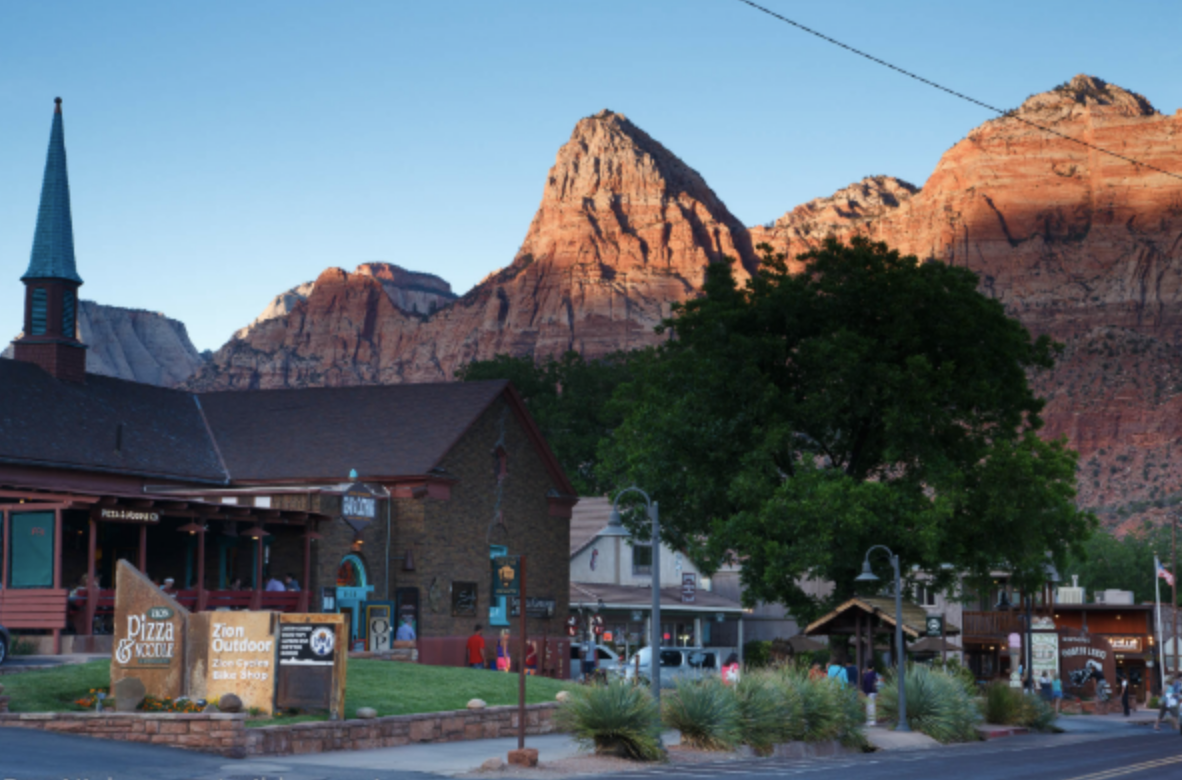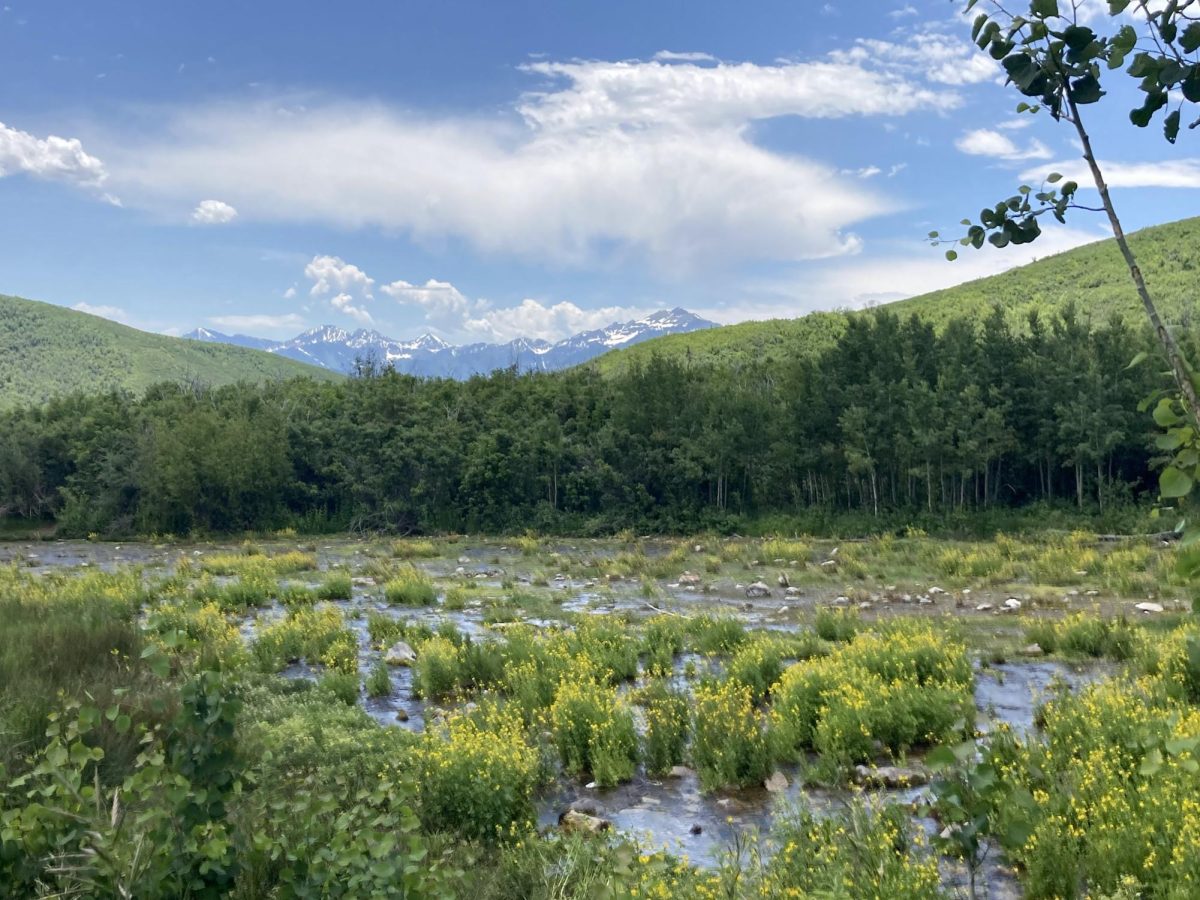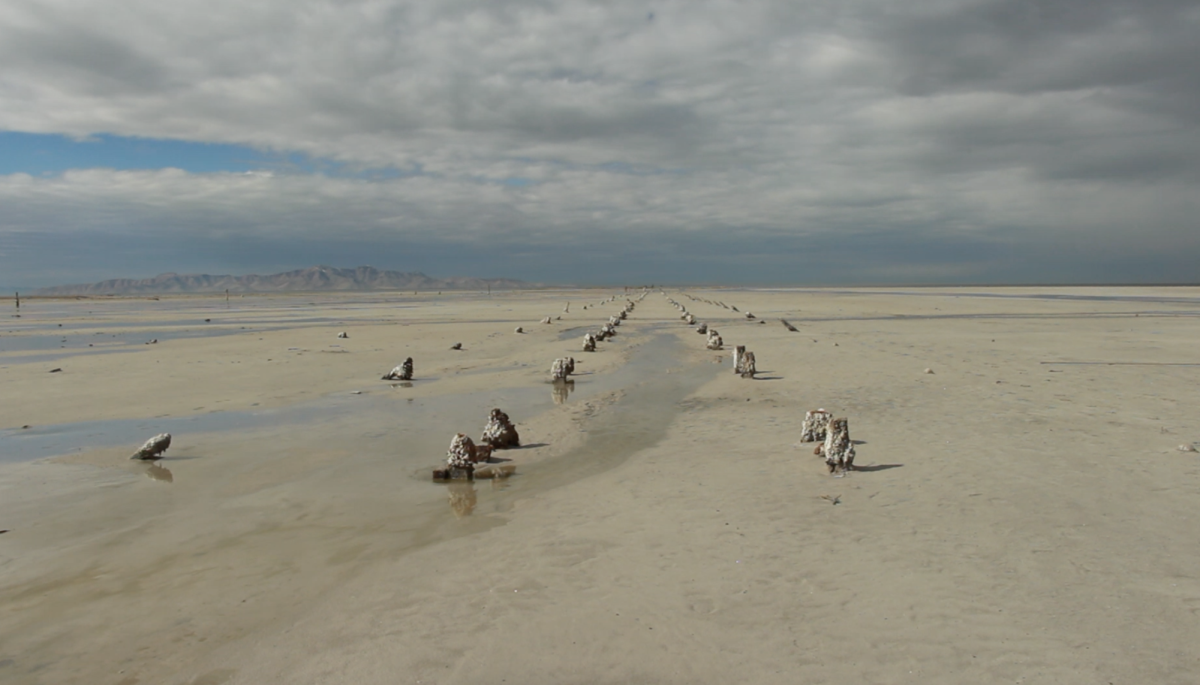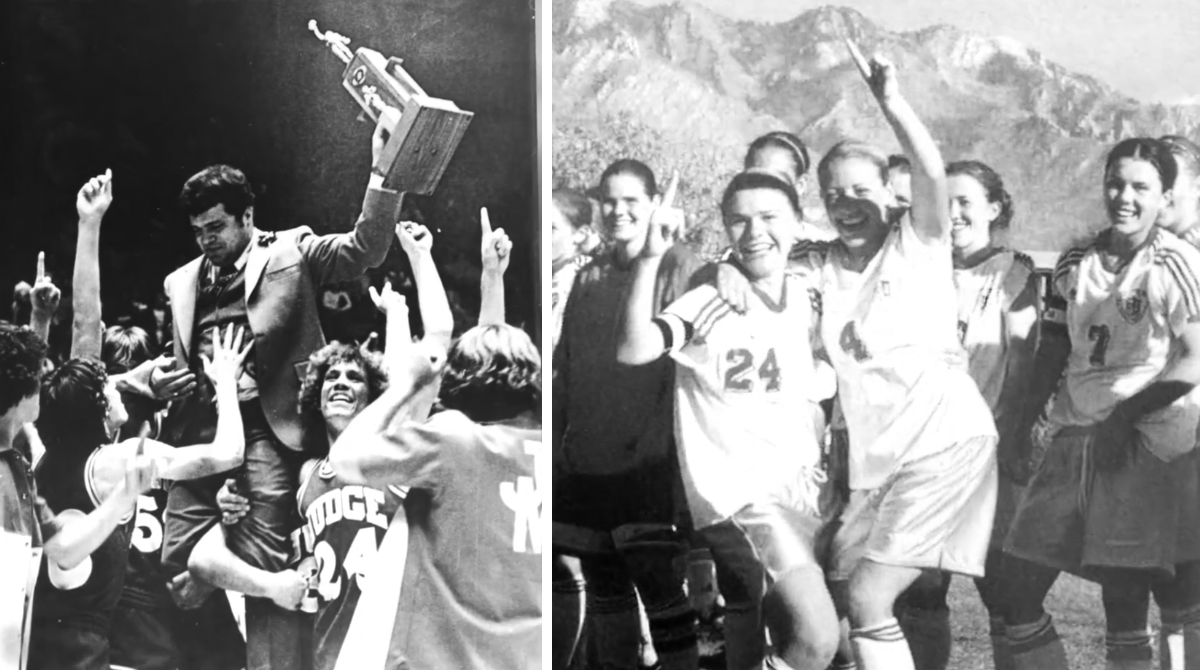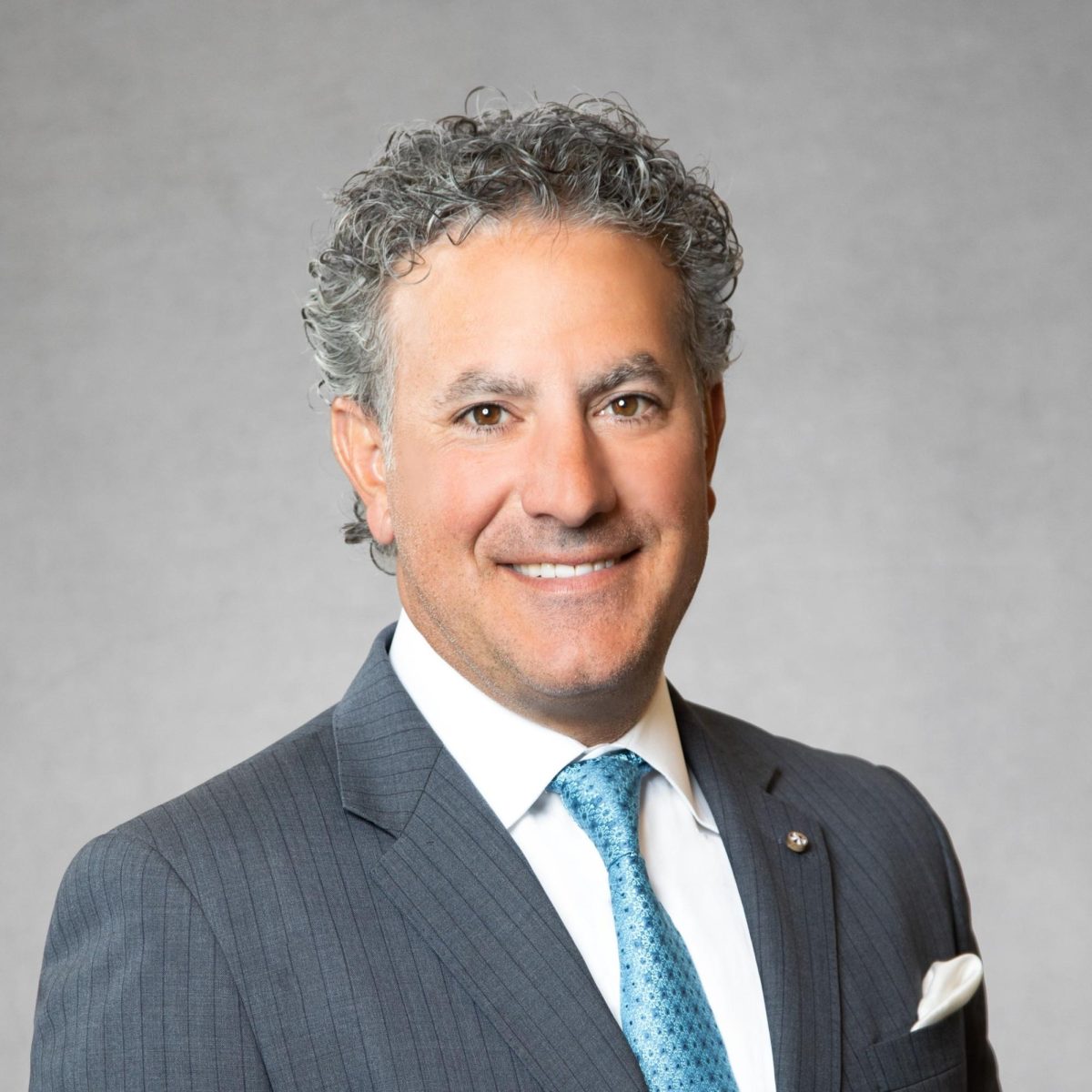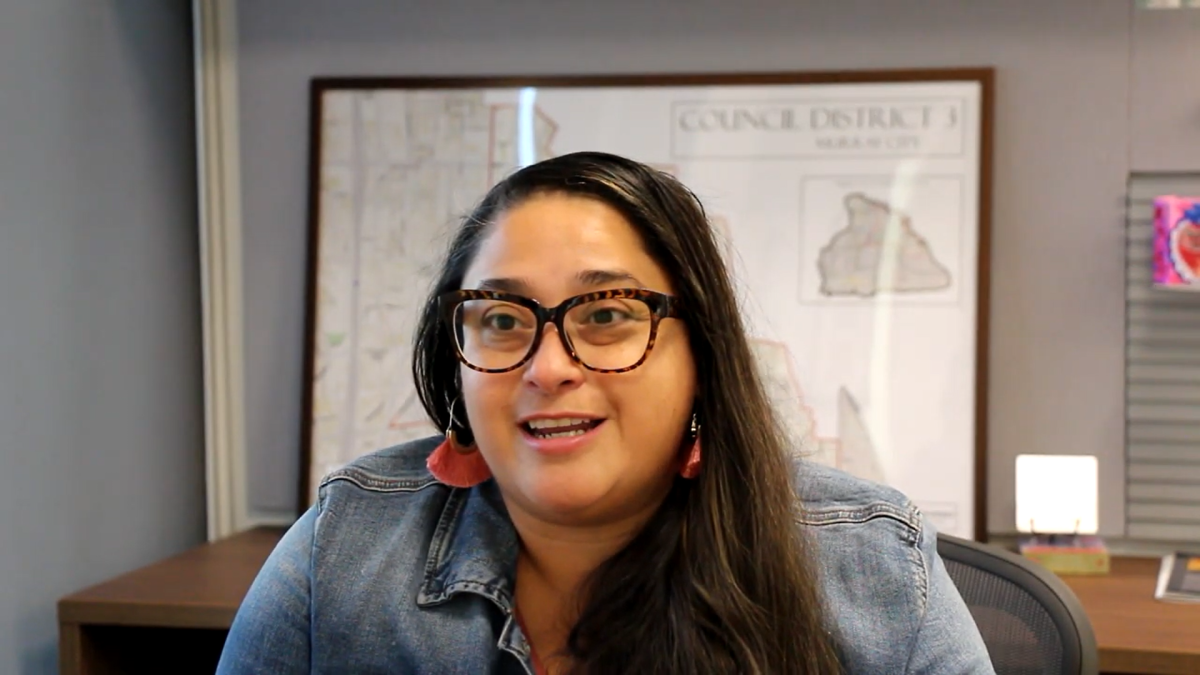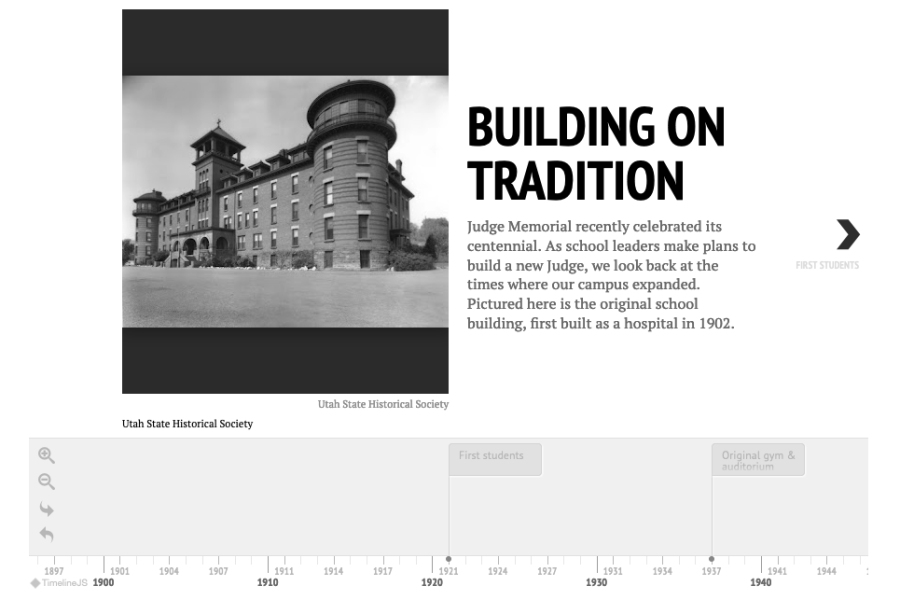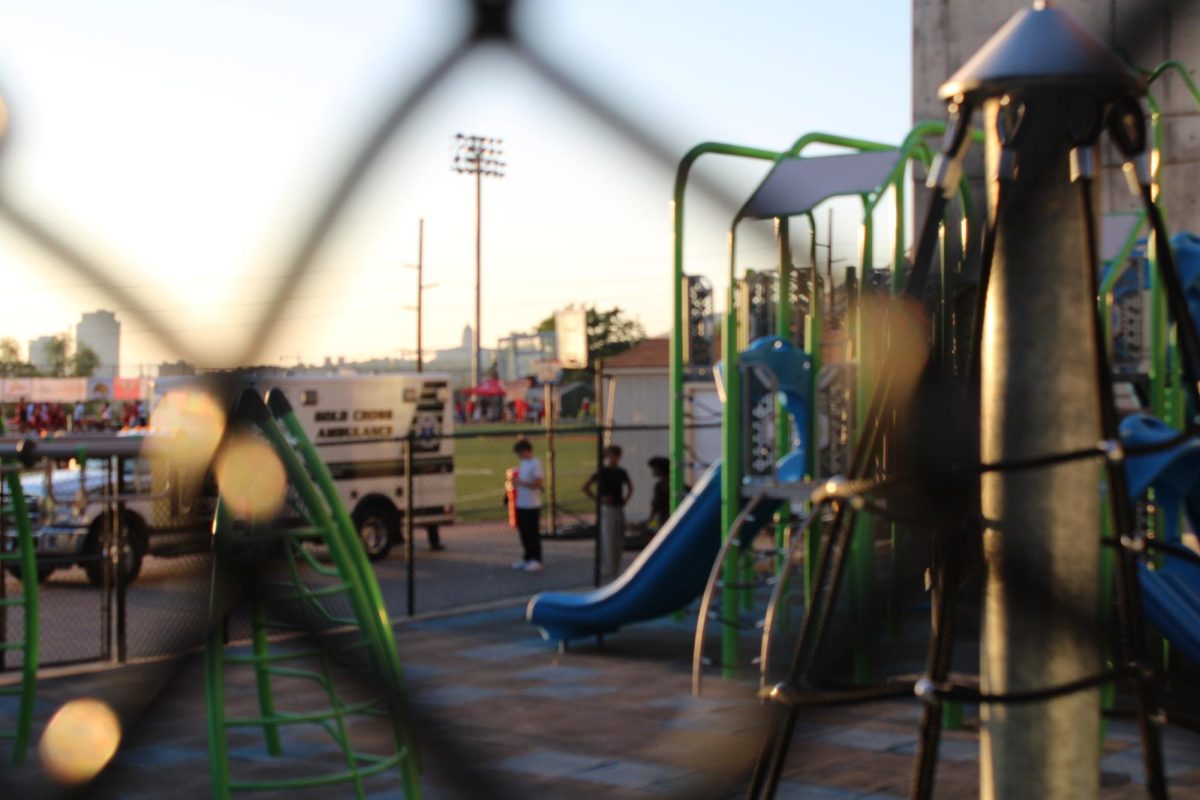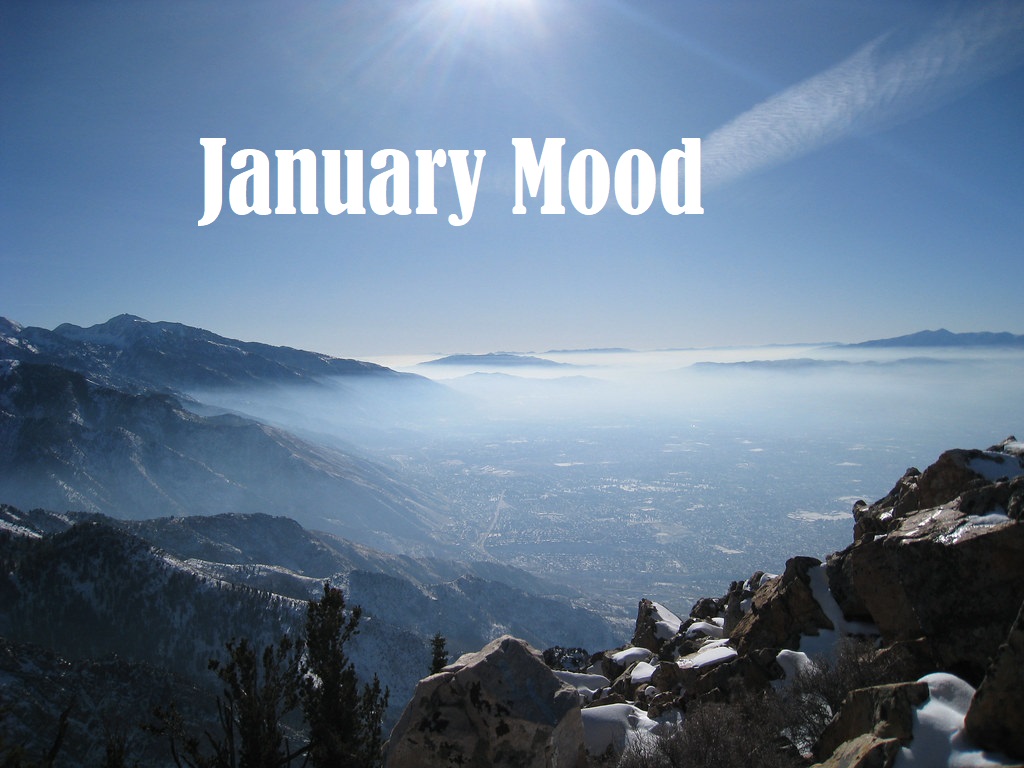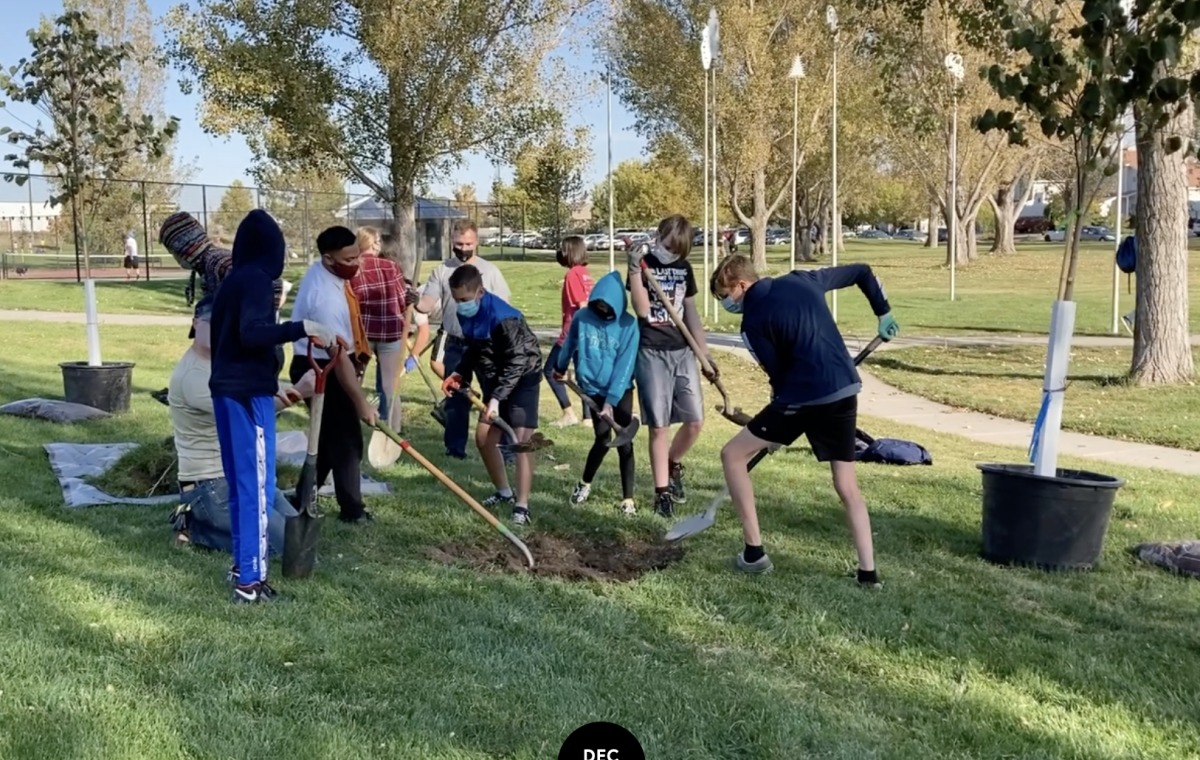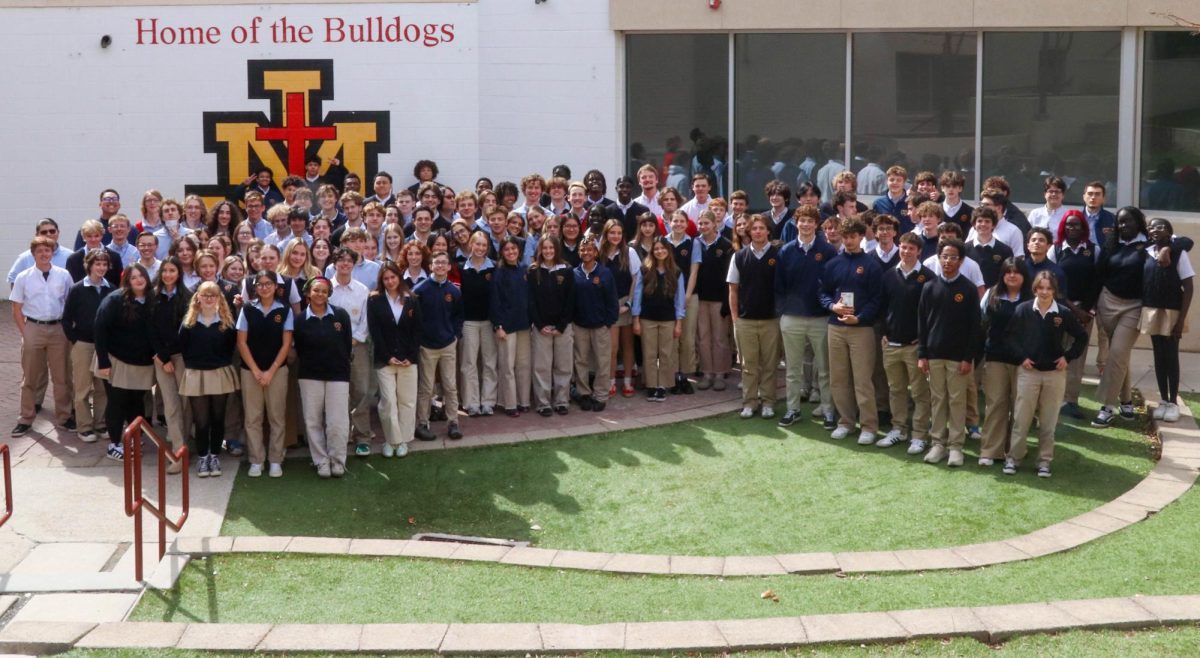On September 8, the chaotic year of 2020 became even more surreal. A historic windstorm with 100 mile-per-hour gusts toppled over 3,000 trees and damaged homes across the state. In Liberty Park alone, around 70 historic trees fell over in one day. Massive root systems, older than most of us and seemingly invincible, ripped through the grass and sidewalks.
This loss of trees means much more than busy clean-up crews.
Trees serve a critical purpose in maintaining a pleasant and livable urban area: they provide shade, improve air quality, prevent concrete from overheating, and even reduce crime. Yet, because trees can take decades to become completely developed, a loss of so many leaves the city with a gap in tree coverage that won’t be filled until the new ones mature.
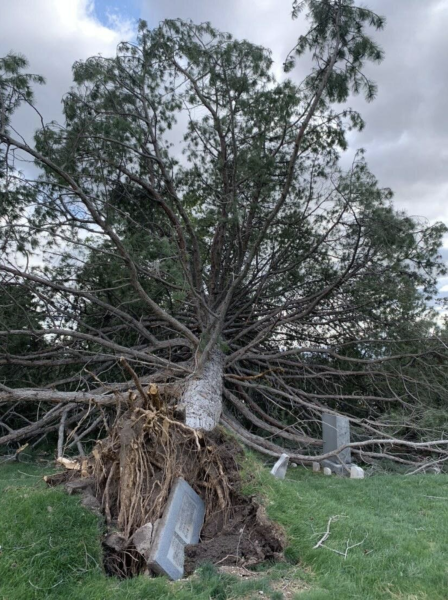
Northern Utah leaders are already working to replace these trees. Salt Lake City mayor Erin Mendenhall, County mayor Jenny Wilson, and the nonprofit organization TreeUtah have joined forces to coordinate consistent plantings in areas that need more trees.
At a volunteer event on October 10, the director of TreeUtah Amy May said, “we have to look for the bright side and really just use that [the windstorm] as an example to remind people that it’s important to invest in trees, that trees add value. There are certain arborists that go around and calculate the financial benefits from trees, not just for air quality but for water filtration and beautification and mental health issues.
“Trees do so much for us and it’s easy to take them for granted until they’re gone.”

